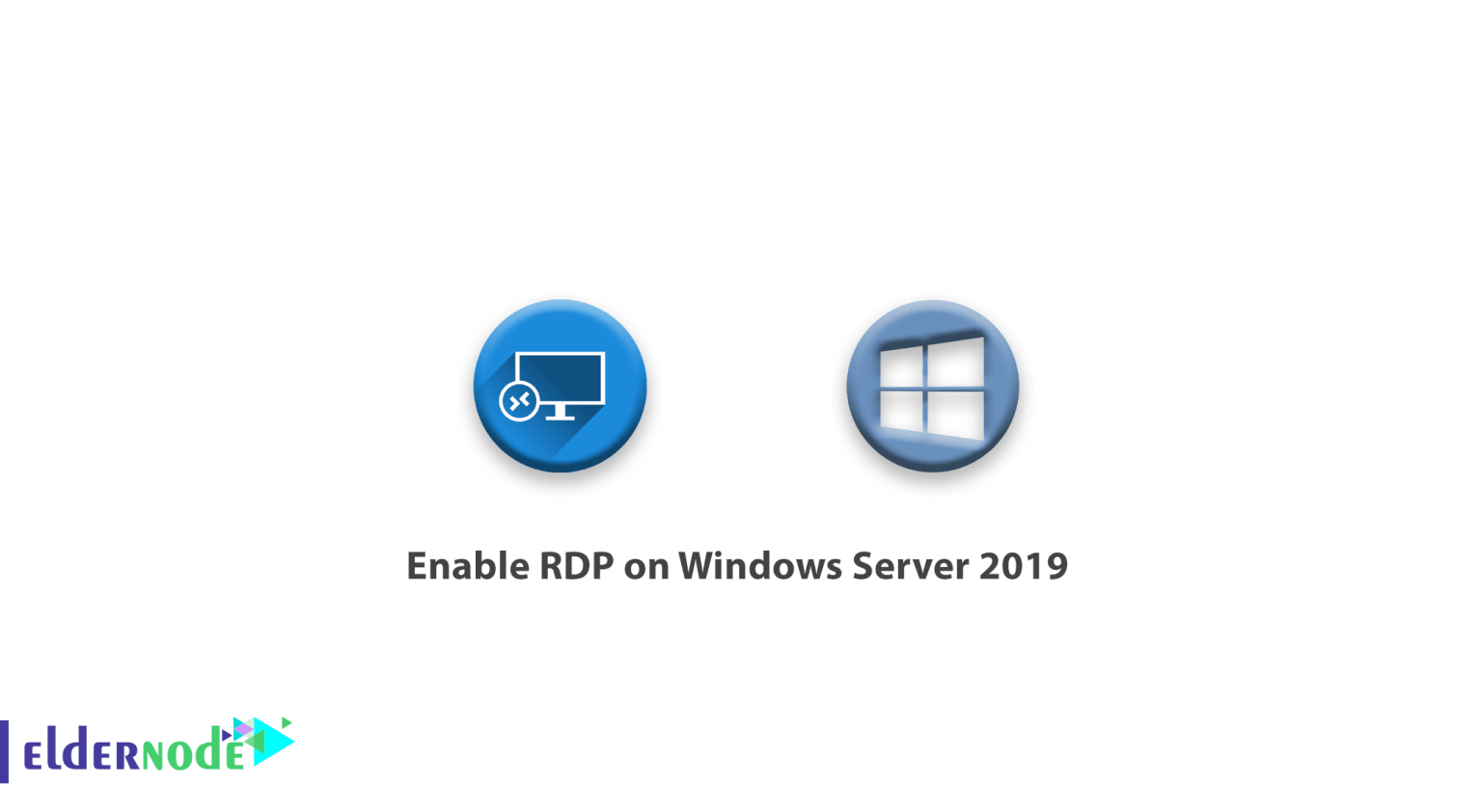

We will create an nginx server block for LibreNMS in nf, let’s run this command: $ sudo nano /etc/nginx/sites-enabled/nf $ sudo rm /etc/nginx/sites-enabled/default -f Nginx has a default server block, and we are going to delete it and create a new server block. On Ubuntu 20.04, Nginx and MariaDB are configured to start running upon installation, you can check them by running this command: $ sudo systemctl status mysql nginx -lines=0 Step 4.
#ZENMAP UBUNTU 20.04 INSTALL#
$ sudo apt install nginx-full mariadb-server mariadb-client php7.4- acl curl composer fping git graphviz imagemagick mtr-tiny nmap rrdtool snmp snmpd whois unzip python3-pymysql python3-dotenv python3-redis python3-setuptools python3-systemd python3-pip In this step we use wget command to download source code. To Download the latest nmap version go to the Nmap Download Page and scroll down, go to the Source Code Distribution section and copy the link address.

$ sudo apt install software-properties-common To install nmap from source will take a couple of extra command from Official or Snap version. So, let’s run the command below to install LEMP. In this post, we will use Nginx instead of Apache. We need to install a web server, database server, and PHP to proceed with installing LibreNMS. $ sudo usermod -aG librenms www-data Step 3. $ sudo useradd librenms -d /opt/librenms -M -r Once logged in to Ubuntu 20.04 as root, we will create a new system user to complete this installation. Dari kotak dropdown profil, user dapat memilih di antara beberapa jenis pemindaian seperti pemindaian penuh, pemindaian sederhana, atau pemindaian ping untuk memeriksa. You can uninstall or removes an installed zenmap package itself from Ubuntu 17.04 (Zesty Zapus) through the terminal. Untuk pemindaian jaringan, cukup masukkan alamat IP atau nama host.
#ZENMAP UBUNTU 20.04 UPDATE#
You can do this by running the following commands: $ sudo apt update -y Anda akan memiliki versi terbaru Zenmap di Ubuntu 20.04 LTS Anda untuk menjalankan dan memindai jaringan. You should get an output like this: No LSB modules are available.īefore starting, you have to make sure that all Ubuntu OS packages installed on the server are up to date. To check whether you have the proper Ubuntu version installed on your server, run the following command: $ lsb_release -a Additionally, replace ‘root’ with the username of the system user with sudo privileges.

You will need to replace ‘IP_Address‘ and ‘Port_number‘ with your server’s respective IP address and SSH port number.


 0 kommentar(er)
0 kommentar(er)
